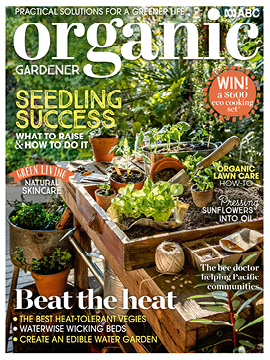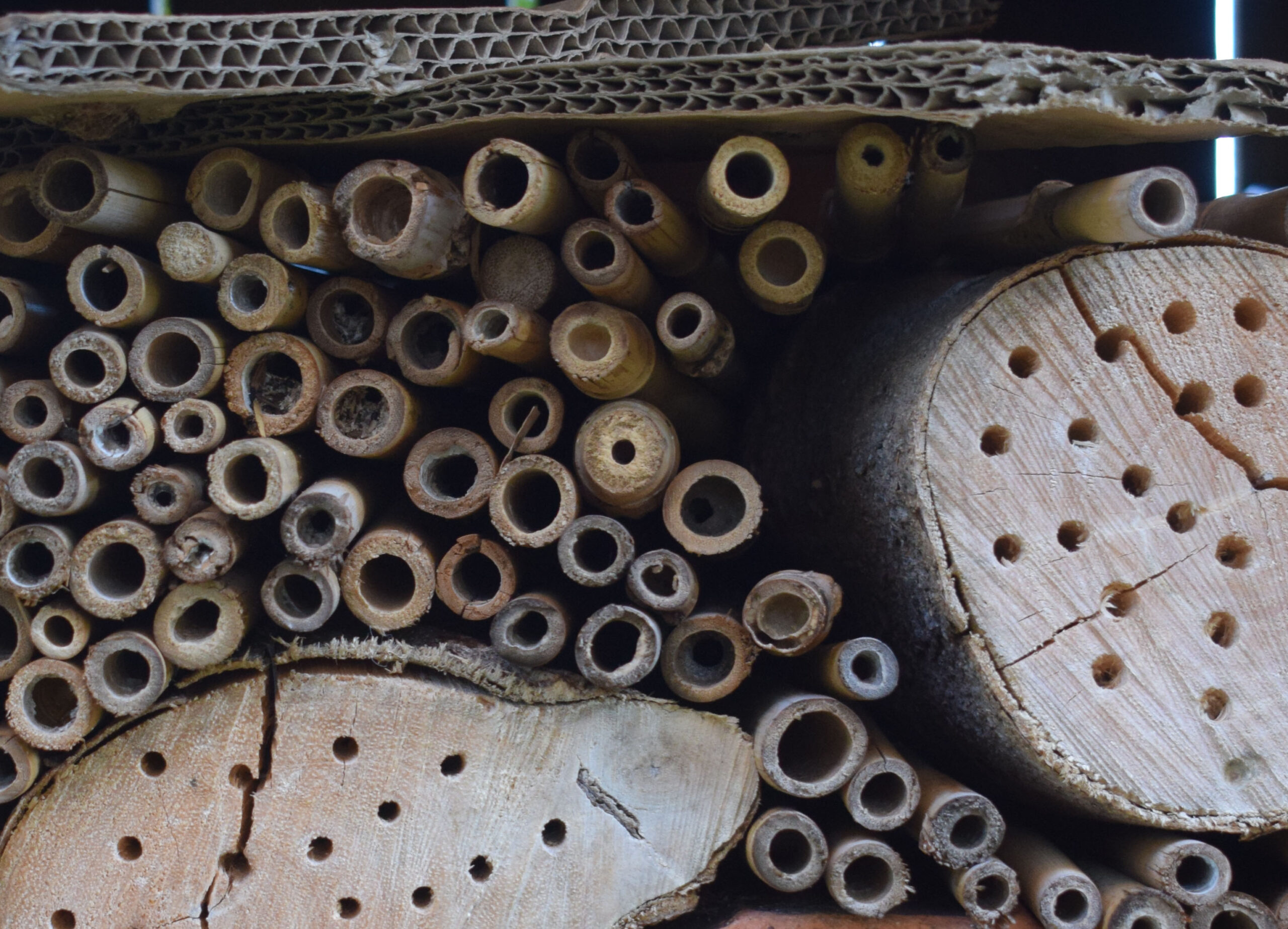How to get the native buzz – just add bees!
2019-02-14T05:47:08+11:00
Learn how to bring more native bees into your life and gardens by encouraging their natural habitats.
A simple starting point to get you buzzing
Bees are a hot topic right now, but did you know that Australia is home to a staggering 1600 plus species of native bees? They range in size from 2–24mm and come in a vast array of colours and shapes. You’ve probably heard of native stingless bees (Tetragonula carbonaria), which are becoming increasingly popular for people to keep in their backyards in warmer regions. They are one of 11 species of native bees that are social and stingless, while most of the other native species are solitary, live in burrows, and are able to sting. If you’re not interested in keeping bees, there’s still plenty that you can do as a gardener to provide food and habitat to lure native bees into your garden and support them in a time of dwindling wild habitats.
Know your bees
Get your hands on a guide book to native bees or head to an online resource like Aussie Bee (aussiebee.com.au) and get to know the species that call your area home. Next, observe the pollinators that hang around flowers in your garden. You can tell bees apart from insects such as flies and wasps by the
presence of pollen on the back of their legs or under their abdomens. Some common varieties that you may observe include resin bees, reed bees, masked bees, leaf cutter bees, blue banded bees, teddy bear bees and stingless bees.
Water and food
Bees need access to water, especially in summer. You can make your own bee watering station by filling up a bird bath or an old baking tray with water and adding some rocks so that they stick out above the waterline allowing the bees to land and drink without drowning. Place the watering station in a cool, shady spot near some flowers in your garden where you’ve spotted some native bee activity.
Native bees also need access to pollen and nectar. To create the ideal smorgasbord, grow at least four different types of plants flowering at any one time and have a variety of plants flowering continually throughout the year. Arrange plants in your garden in diverse stands, that can be a mixture of both natives and exotics, being sure to include native plants local to your area for maximum benefit. Bee attracting plants include banksia (pictured below), borage, bottlebrush, lavender, grevillea, salvia, eucalyptus, native peas, native rosemary, tea trees and daisies.
Habitat
Native bees have diverse habitat requirements, depending on the species. The majority of native bees are solitary and don’t build the wax structures we generally associate with honey bees, instead building small nests or burrows in bare soil, borer holes, plant stems or in small cavities under bark or rocks. To maximise natural habitat, leave some bare ground undisturbed and unmulched around flowering plants, and where it doesn’t pose a hazard, leave plenty of wood, branches, posts and logs. You could also try your hand at making your own native bee “hotel”. A quick search online will provide you with a stack of different designs, with most consisting of a mix of wood, stems, straws, mud and sand.
However, it has become clear that too many shapes and sizes together in the one hotel provides shelter for predators and prey, and the predators pretty quickly see off their prey. It’s better to have lots of smaller hotels with nesting spots for only one or two different bees.
Share what you know
Very few of Australia’s native bees have been studied in depth and quite a few have not even been identified, so trained scientists need your help. Try joining a project like BowerBird (bowerbird.org.au) and become part of a community that’s deepening our understanding of these fascinating little creatures. You never know, you may even stumble across a bee that no-one has ever seen before!
If you’d like to learn more about both European and native bees, you can watch the Catalyst Special ‘The Great Australian Bee Challenge’ on ABC iview and there’s always more to learn in the latest issue of Organic Gardener.







